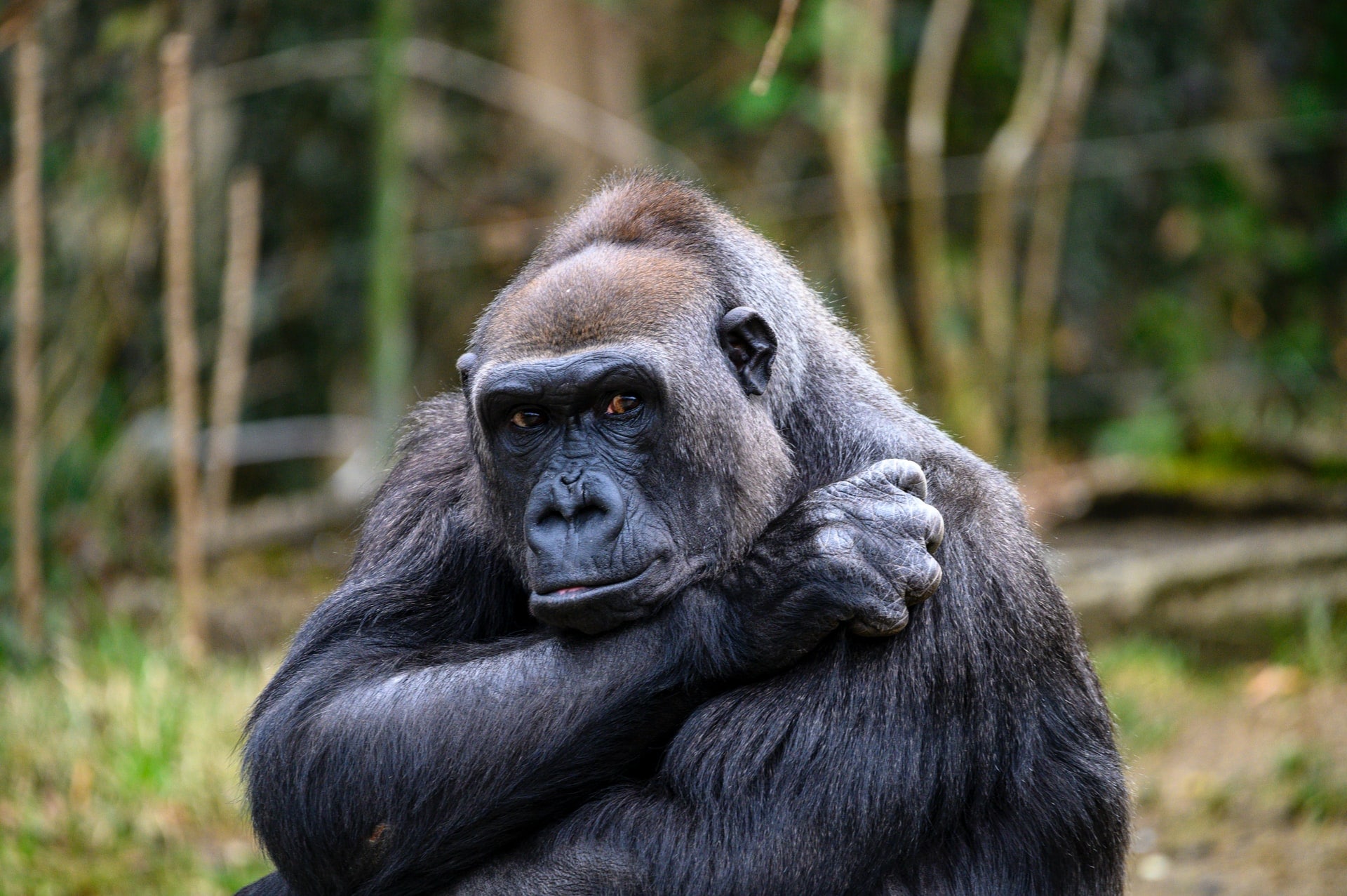In 2020, not a single rhino was poached in Kenya, according to the Kenya Wildlife Service (KWS). KWS noted that, although there were increased threats of poaching over the past year, working with stakeholders and other anti-poaching efforts attributed to this achievement. Travel bans due to COVID-19 appear to have potentially played a role as well.
Meanwhile, in Democratic Republic of Congo, Rwanda, and Uganda, there is an increased concern about gorillas catching COVID-19 from travelers. It’s a likely possibility: Two gorillas at the San Diego Zoo caught the coronavirus in January, and tourists do not routinely wear masks on gorilla treks in the wild.
Both of these recent news stories are a reminder that nothing exists in a silo: Not global pandemics, conservation efforts, or natural habitats. Not wildlife and not travelers.
Clawing our way out of the pandemic, we must remember that we all live, work, breathe, and exist in a global and interconnected ecosystem. At the heart of building back better within the tourism industry must be a shared understanding that it doesn’t exist in isolation. No industry, species, or system does.
There has been a lot of conversation over the past year about the connection between conservation and wildlife tourism. But there’s more to this conversation than simply a reliance on one to justify and fund the other.
We live in a highly interconnected world. Those in the tourism industry are in a prime position to invite travelers to recognize and appreciate the complex tapestry within which we all live. Instead of packaging travel as a way to experience something new through a perfectly curated lens or in a bubble, it’s far more powerful to use the travel experience as a vehicle for understanding how people are just one part of a global ecosystem.
At the heart of regeneration is an understanding and appreciation that in order for any single of us to thrive and flourish, everything else and everyone else must also thrive and flourish.
Sometimes this looks like sacrifice. In the tourism context, this might mean travelers don’t have access to a beach or body of water while it heals from overcrowding, or not having access to wildlife experiences if there is a danger to wildlife. It means accepting that tourism shouldn’t be centered on travelers, and recognizing that local needs should be prioritized.
But in those sacrifices is an opportunity to understand how and why every being must exist in a state of equilibrium. None of us move forward if any one of us — human, rhino, gorilla, butterfly — is held back.
Using travel as a vehicle to engage people in regenerative efforts can help them understand how crucial their place in the world really is — and why it is essential to protect every other species, natural habitat, and resource as well. This is where the conservation and wildlife tourism connection can be used in a more powerful way.
Every wildlife encounter — whether on safari, a farm visit, or simply a chance encounter in nature — is more than “just” an encounter. It is an opportunity for a better conversation: What is the relationship between the wildlife, the land, and the people who live in the area? What are challenges, and why? What brought about these challenges? What is being done to address those challenges? Who is spearheading projects to create solutions?
The answers to those questions also do not exist in isolation. Service providers should encourage travelers to think about how these encounters are reflected in their daily lives. For example, are there similar environmental factors at play between changing wildlife migration patterns in East Africa and prolonged fire or hurricane seasons in the United States? How does exposing gorillas to COVID-19 compare to exposing frontline workers across the world to the same virus? Just as there are organizations working to protect rhinos, surely there are some protecting, say, songbirds in their own backyards. What are those organizations and what can travelers do to support them?
The messaging people increasingly receive is that they need to be small and minimize their presence. They are told they are intrusive; that their job is to observe the world around them. And, certainly there are times when humans must be quiet, step aside, and observe, especially in circumstances related to wildlife.
But, it’s a different story if travelers are invited to fully embrace their capability to give, contribute, and engage in a positive way.
This is a chance for travelers to learn about and amplify organizations that are already doing the work — organizations like the Snow Leopard Trust in Central Asia. To infuse local citizen science projects into a travel experience — and encourage travelers to continue the experience with a locally relevant project once they’ve returned home. To support small businesses and local initiatives that fuel regeneration in the destinations they visit — like those businesses that sell certified wildlife friendly products.
The lessons we’ve learned from wildlife over the past year are a stark reminder that tourism has an impact — both positive and negative — in this world. And if the tourism industry is to evolve in a meaningful way, we must encourage travelers to participate — appropriately and responsibly — in this evolving story.



